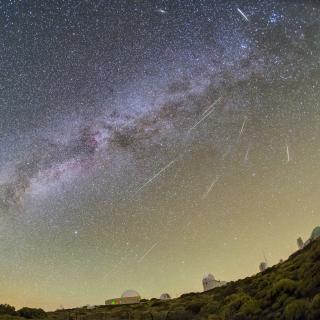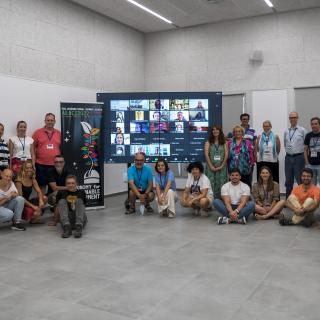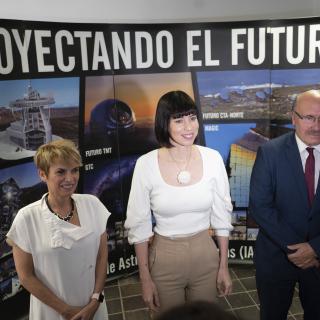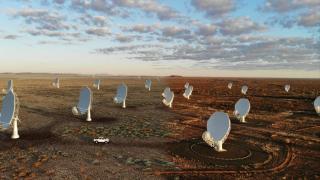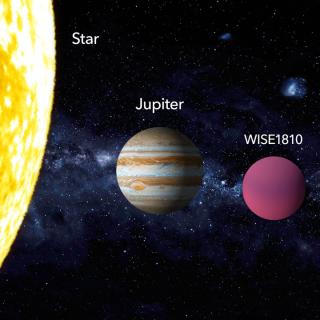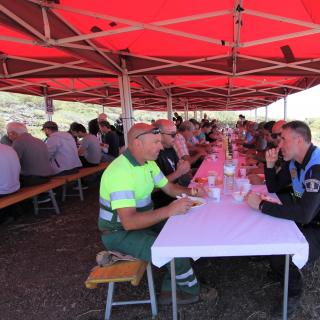
The traditional Open Day at the Roque de los Muchachos Observatory was held on Friday August 19th. After a gap during the past two years because of the COVID-19 pandemic, the Instituto de Astrofísica de Canarias (IAC) and the scientific institutions which participate in the observatory, together with the Town Council of Garafía and its area of Culture have renewed the celebration of this community event. The aims of this open day, for the benefit of the population of the municipality of Garafía, are to explain the scientific activity carried out at the telescopes, and also to encourage
Advertised on
